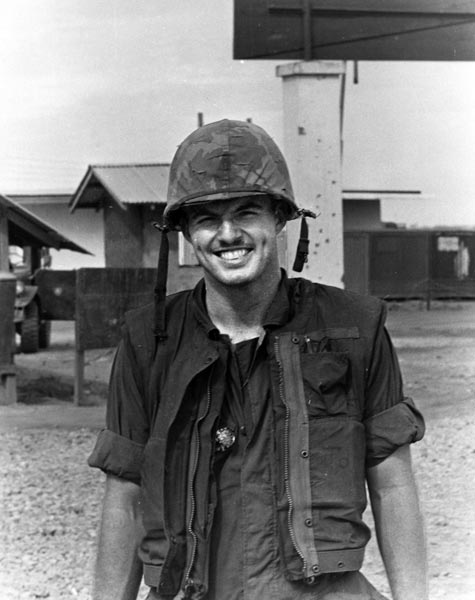UALR CAHC receives national funding
June 30 - July 6, 2014
By Becca Bona
Archives are more than static stacks of boxes, and exciting work over at University of Arkansas at Little Rock’s Center for Arkansas History and Culture proves this to be true. The CAHC team recently received national funding to process the papers of former Ark. Gov. James Guy Tucker, Jr.
Dr. Deborah Baldwin, Associate Provost of the CAHC explained the grant: “The National Historical Publications and Records Commission (NHPRC) of the National Archives and Records Administration (NARA) grants awards for projects that preserve and make accessible materials that are significant to an understanding of our history and culture.” The grant totals $135,851, and is spread out over two years, in which the CAHC team will process and digitize the collection. The grant is the largest NHRPC award to date in Arkansas.
Baldwin continued, “The UALR grant took most of a year to prepare as archivists evaluated the more than 700 boxes, prepared basic inventories, and determined the costs in materials and personnel time for arranging and describing the collection.”
The James Guy Tucker Jr. collection is not new to the center, having been housed there for nearly a decade. The inventory grew in the past year as the CAHC engaged Tucker in conversations about adding to the wares. The collection now includes materials detailing Tucker’s early life and career, as well as family history that goes back to the nineteenth century. Archivist Shannon Lausch and Director of Technology Chad Garrett project that there are somewhere upwards of 3,000 photographs in the collection.
Beyond serving as Arkansas’ 43rd governor, Tucker harbored a varied career and led a full life. The Harvard graduate was ambitious, and as Archivist Colin Woodward said, “he is a unique character because he did so much.” Tucker tried his hand at everything including: congress, prosecuting attorney, local government. He also spent time in Vietnam as a war correspondent, after being released from the Marines due to a health issue.
In an archive, one would not necessarily meet the subject of a collection, however the team at the CAHC has had the pleasure to meet with Tucker on numerous occasions. Woodward chalked this up to Arkansas’s community: “I think it’s more unique to Arkansas than other places because it’s this intimate network of people. … You really get front and center with these people and you might carry a collection from the very beginning to the end.”
During the grant-writing process Woodward headed the act of delving into the collection to create a biographical sketch. He explained, “A lot of the grant was why was he significant, what did he do? But that was fun to write, and I was able to look at documents that not a lot of people have seen.”
CAHC plans to hire a project archivist to focus on the two-year project, which will help with the overhaul. Along with the boost, Woodward will focus on the “paper side of it” while Lausch and Garrett will focus on “the digital side.”
The team is excited to get to work on the collection. Woodward has learned enough about Tucker so far to be hooked. “(Tucker’s) whole life is interesting but seeing him develop into this ambitious guy is a really interesting,” he said.
Lausch, who has not yet spent as much time in the collection as Woodward, is nevertheless excited. “Whenever we post a Facebook picture of Jim Guy Tucker it is met with a lot of enthusiasm, so I look forward to providing access to something Arkansans seem to be interested in,” she said.
Lausch is also especially excited for the digitization process. “Another great thing about digitalizing these photographs is it will preserve the color. So this will allow us to capture the color before it degrades,” she explained.
Look for a virtual exhibit at the culmination of the project similar to the exhibits put on by the CAHC in the past. “The real value is to curate the best of the best in the collection and tell Tucker’s story and its value to Arkansas and not only our nation. We want to make it accessible to people like me, who are not historians and not willing to scour through boxes,” said Garrett.
As the hard work begins, the team plans on implementing a blog with real-time updates from the archivists on their findings. Garrett said, “It will be exciting to see the periodic posts about what they’re doing and finding as they process the collection.”
Although a daunting task, the results will be worthwhile, providing the Arkansas community with accessible information on a former governor. With the virtual exhibit in mind, Garrett believes that the beyond Arkansas, the entire country and even the world could become involved.
“The fact that we’ve gotten national funding says a lot for UALR and Arkansas, because it shows that this collection is important on a national stage,” Garrett said.
The UALR Center for Arkansas History and Culture creates a valuable resource for students, researchers, stakeholders, and the general public via its vast archives. Keep up with their real-time posts and blog on their Facebook page under UALR Center for Arkansas History and Culture or visit their website for more information: http://ualr.edu/cahc/.



